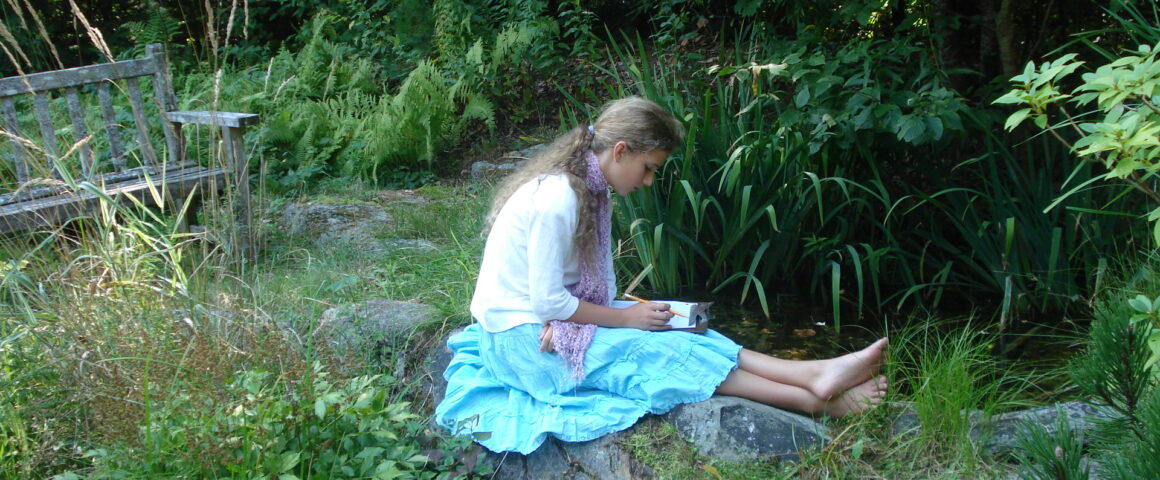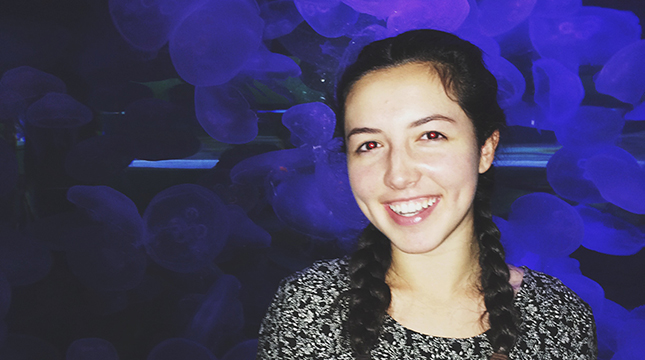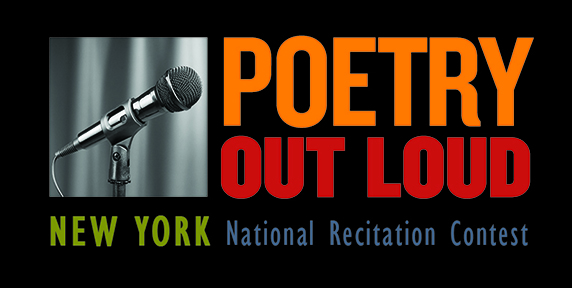The poet’s road is a journey for truth, for justice. . . . Compassion is the first quality of a warrior.
–Joy Harjo (from How We Became Human)
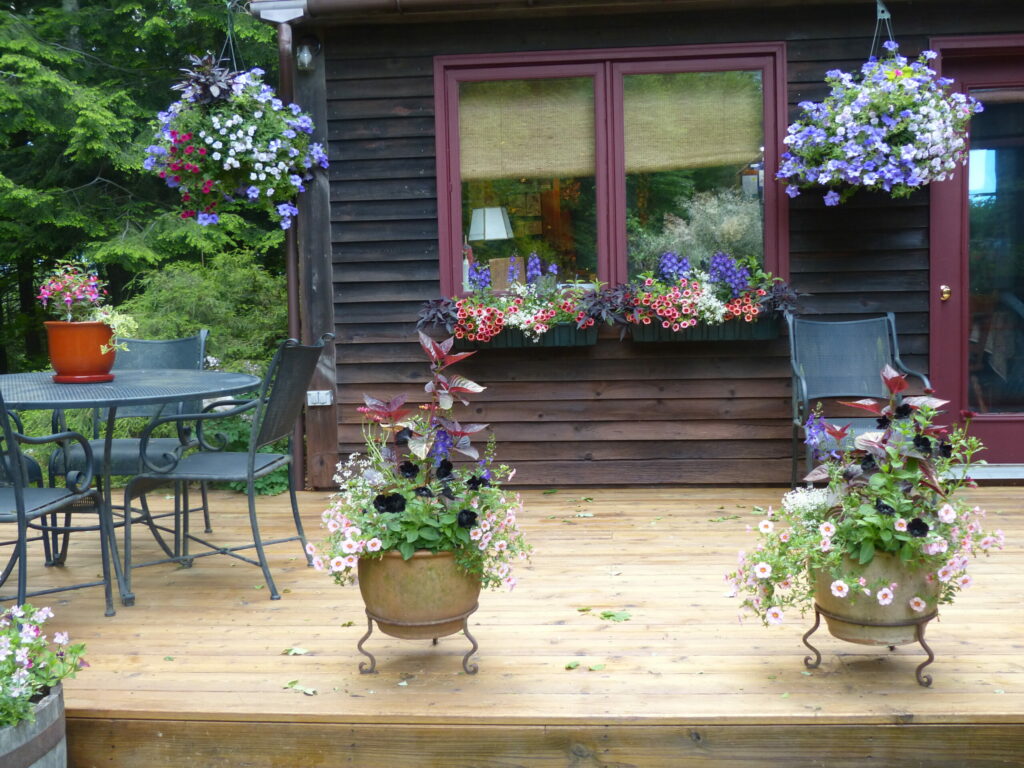
After working as a poet-in-the-schools for over thirty years, in 1995 I opened The Poetry Studio to young people ranging in age from 5-17, for after-school programs and summer workshops. Located on beautiful grounds in Marlboro, Vermont, The Poetry Studio provides an intimate lens through which to see the natural world and inspires a deep communion with nature. Offering their devoted attention to the scent of pine needles after a long night of rain, to the patient unfolding of hibiscus blossoms, students are surrounded by rich imagery that finds expression in both poetry and art. The studio atmosphere invites a marriage between inner and outer landscapes, where imagination and discovery are often imbued with magic.
The students’ poems are a testament to the unique language of poetry that allows emotions and insights to find a voice often denied by ordinary speech. As one student proclaimed: “I can write what I cannot speak.” That sentiment is echoed by many, both young and old. I remember a fifth-grade girl who wrote an ode to her friend. In our final sharing circle, the poet read her piece out loud. Twenty-five years later I can still hear what her friend said: “I never knew you felt that way.” And the poet replied: “I couldn’t have told you any other way.”
What a privilege it is to accompany young poets on their travels. Their capacity for wonder and wisdom, for compassion and deep questioning, and for seeing beneath the surface of the physical world lifts us beyond the mundane. Along with them, we experience the extraordinary ability to enter invisible realms, often crossing over bridges to mystery. We are reminded that everyone has a need to tell their stories; everyone needs to express themselves. Poetry can become a gateway that leads to journeys where students offer a shape to the loss of innocence, the injustices of the world, relationships with family and friends, as well as the many facets of love and grief. Certainly, the act of writing a poem can help to compose more awake and conscious beings and hopefully a kinder world.
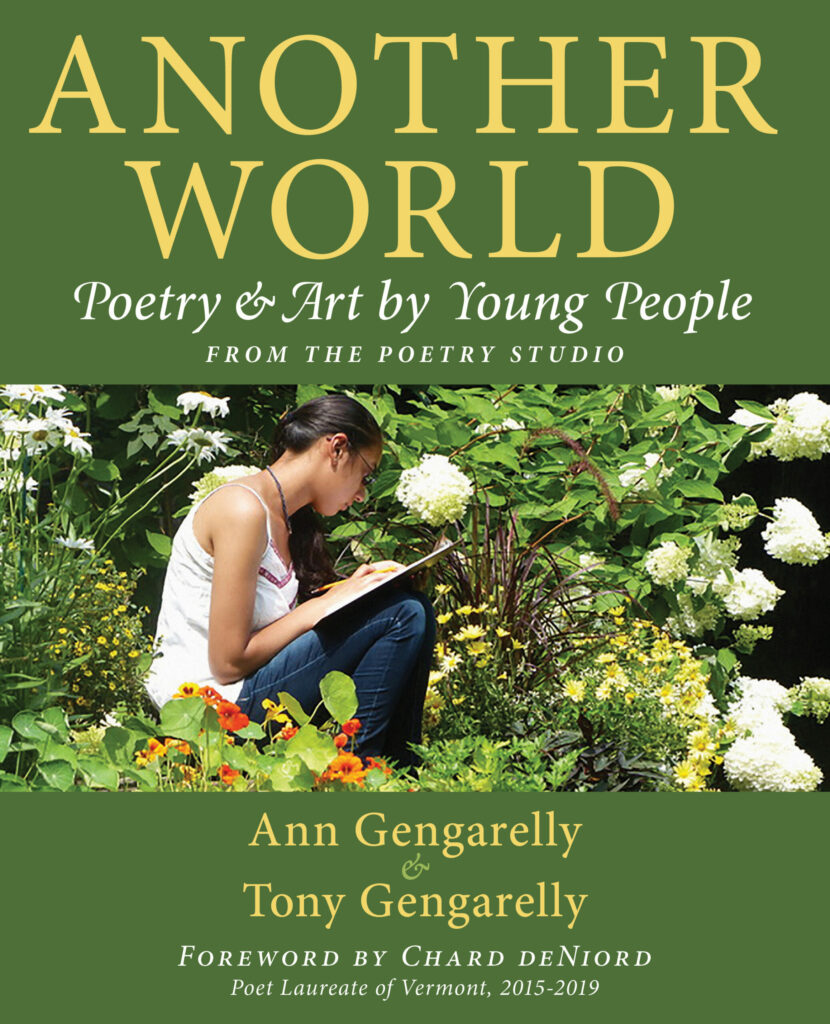
In the gardens, the woods, and in the open hearts of poets, the magic of “another world” is discovered; an apt title for a book we published in the fall of 2021, Another World: Poetry and Art by Young People from The Poetry Studio. Reading the students’ poems in our book, we have the rare opportunity to witness voices that amaze, that embody wisdom, that remind us of the beauty in the world. We also discover a depth of grief; grief from feeling isolated; grief about the absence of attention to the environment; grief about the loss of innocence which ultimately becomes a lament, an urgent plea for adults to listen:
I have seen the bleak routine patterns
of human nature.Time around us was like
a carefully picked judgment.
As adults forgot they were adults,
kids stopped hoping.
They just waited and watched,
their tongues hanging out
like dogs looking for love.And we watched,
–Ezra Marder (Age 14)
hoping we were more innocent
than we felt.
The Mexican poet, Octavio Paz, tells us that “without poetry we would forget ourselves.” The remarkable poems in Another World reveal how poetry offers authentic voices that dig deep in the soil of remembering who we are. We are summoned to recall the human condition and the inner song that finds a home in poetry. Page after page, these poems show connections between the poet’s inner landscape and the world outside:
Emotions are like the rings of a tree,
–Ella Bathory-Peeler (Age 14)
One inside the other,
Working together to create one’s soul.
Imagine students walking into The Poetry Studio, gathering in a circle, greeting one another. It doesn’t take long for a warm and welcoming tone to be felt by all. In many ways we cross over a threshold and enter a ritual space where everyone offers their best selves to one another. Sometimes we sit in a group of five, sometimes seventeen. Often during our first class I ask the students to consider the word “reverence” and what that word means to them; for some an easier translation is the word “respect.” Establishing the critical nature of reverence helps to create a safe environment where students of all ages dare to write about whatever is begging for a voice.
During our first circle, I offer a theme that might capture the students’ imaginations. This invitation is a way to stir up the creative juices and to provide an anchor in a sea of possibilities for writing. Students of all ages respond eagerly to the theme “Another Way to Listen” based on the story by Byrd Baylor. The quiet mood young people sustain as they sit in a patch of grass listening to one blade — or putting their ears to a clump of flowers “chattering and laughing” inspires the rest of us to pause and listen. In response, one young poet writes:
Listen to the family of black-eyed Susans
sharing their secrets with the maple.Listen to the apple tree
–Hillary Leeds (Age 9)
whispering its wisdom to the stone wall.
Providing a prompt, however, is never a frame into which students must fit their voices. Always there is the opportunity for students to stray from the theme; to turn inward and to pay attention to whatever is critical for releasing their inner thoughts and feelings. There is a line in a Toltec poem, “The true artist / maintains dialogue with his heart.” These words from a young writer at The Poetry Studio remind us of what loss feels like:
I realized I was a cut flower
–Frida Rosner (Age 15)
when his anger-filled eyes came to rest upon me
and I wilted a little.
After the initial circle, students disperse and discover a spot to which they are drawn. Some settle in at the art table where watercolor pencils, paints, and collage material are available. Younger students, especially, use visual imagery to begin their journey into a poem. Others find different places to begin their writing: a colorful pillow on the floor or the couch to sit on, or in good weather, a bench by the frog pond. They may lie on a ledge where they can listen for the song of the wind or the voice of a rock.
In this fast-paced world, The Poetry Studio is an oasis for slow time. Students are encouraged to pause, to daydream — to sense the energy of the necessary empty space for words and images that might give birth to a poem. Having spaciousness — not feeling rushed — allows the students to access that part of themselves so often forgotten in their busy lives. If you were to visit The Poetry Studio in summer, spring, or fall, you would see poets walking around the gardens, sitting on one of the decks or nestled in a chair on our porch. You might also notice a teacher sharing a dialogue with a student, a dialogue that is truly a nuanced process. Some students benefit from this kind of engagement at the onset of writing; some in the midst of writing. The creative process is different for each individual, so as teachers we are especially mindful of a young person’s particular rhythm.
If one were to listen to a conversation with a student, one might hear some questions shared with the poet. Sometimes when an image fascinates me but might benefit from more detail, I ask how or why. In a poem about an animal that has “magical ears,” I remember out of earnest curiosity asking the poet “How are the ears magical?” or “What can the magic do?” The poet then added these lines:
My ears were so magical
they could hear
the whisper of flowers,the gentle voice of a single leaf
–Rosalie Smith (Age 10)
trembling on the oak.
If you were to accompany Maise Sperling on her journey with writing “The Girl Whose Heart Rose into the Sun,” you would witness how those words (which later became her title) bubbled out of her mouth as she sat down for a snack before class began. As we sat together, she began to wonder aloud: “Should I use a comparison to stress the girl’s belief in the sun’s reign?” During our back and forth where I mainly listened, she triumphantly came up with the lines:
But there was a girl who believed
–Maise Sperling (Age 11)
In the sun’s reign.
Her belief like a ship anchored
To the sea of her soul.
In many ways, Maise developed this poem the way an artist creates a collage. At the onset she scribbled words and phrases onto a piece of paper. From time to time, I recorded her words when her intensity and passion might have refused the transition of heart speech onto paper, frustration possibly becoming a barrier.
In my mind I travel back to moments shared with five-year-old Louisa, feeling the pulse of pride and enthusiasm as she held up her self-portrait collage. How long we talked I cannot say. At some point, I might have asked, “Do you want to begin your poem describing your ‘inside’ or your ‘outside’ or do you have another way to begin?” After Louisa spoke about her “skin as smooth / as the inside of a shell,” she began to talk about the quality of her listening, exploring different ways of capturing that special quiet. What lingers is how Louisa stood on her toes inviting me to be the trusted keeper of her words, whispering, “I listen as carefully / as a deer listening / for a rustle of leaves.”
These dialogues in no way suggest the kind of editorial revision that might turn a student away from writing poetry. Rather, they become a portal through which a young poet has the opportunity to clarify an image, to be present for what the poem wants. For this to happen, the teacher cannot be attached to a particular outcome for the poem. Honoring the creative process, the delight of attending to the yeses and no’s of a student, we might just find ourselves traveling into original and powerful territory.
Poetry offers a dignity to young people’s individual stories. In our last circle, when students share their poems and listen to those of others, they feel empowered as poetry reflects their feelings and thoughts and, in turn, they recognize themselves in the images of other people’s writing. In many ways an invisible thread ties writer and listener together, making each feel less alone in the world, creating the possibility for rich community, something for which we all hunger. Remembering their time at the studio, students often talk about this last circle where they feel totally heard.
In this fast-paced world, The Poetry Studio is an oasis for slow time.
Another World ultimately is a plea to listen deeply to these young people. Their poems are an invitation to generous ears — they are dedicated to anyone who is receptive to learning what our youth truly feel and think, often capturing what is otherwise ineffable. As we struggle to understand the current world in which we find ourselves, to develop a moral compass and to deepen compassion, we might discover what Tobin Hart calls a “wellspring very close to home” in the authentic spirit life of young people.
Spending intimate time with these poets, we can lean into hope, believing that a more just world is possible; that being “awake” to the self and to the world can be transformative. If we are to build a healthier community for everyone, might the creation of a poem offer a symbolic way to get close enough to wrap our arms around people who have experienced injustice or unbearable loss? At the same time, can we pause in our busy lives to celebrate the persistent beauty of nature, to draw strength from benevolent words and acts, from kinship with the world? To raise the human spirit through poetry should not be considered as a question; rather it is imperative that the voices from Another World tap us on the shoulder, reminding us that our children’s creative expression can be a compass for how we should travel from today into all the tomorrows.
Ann Gengarelly, since 1980, has been a poet-in-the schools throughout Southeastern Vermont and neighboring Massachusetts and New Hampshire. She holds an MA degree from Goddard College in creativity and education with an emphasis on poetry-in-the schools. In 1988 she received an honorary Doctorate for Teaching Excellence from Marlboro College.

